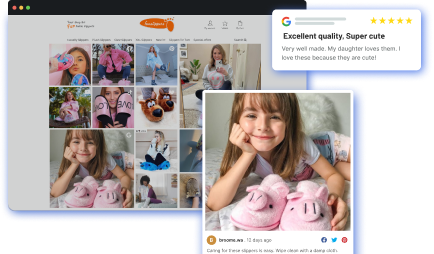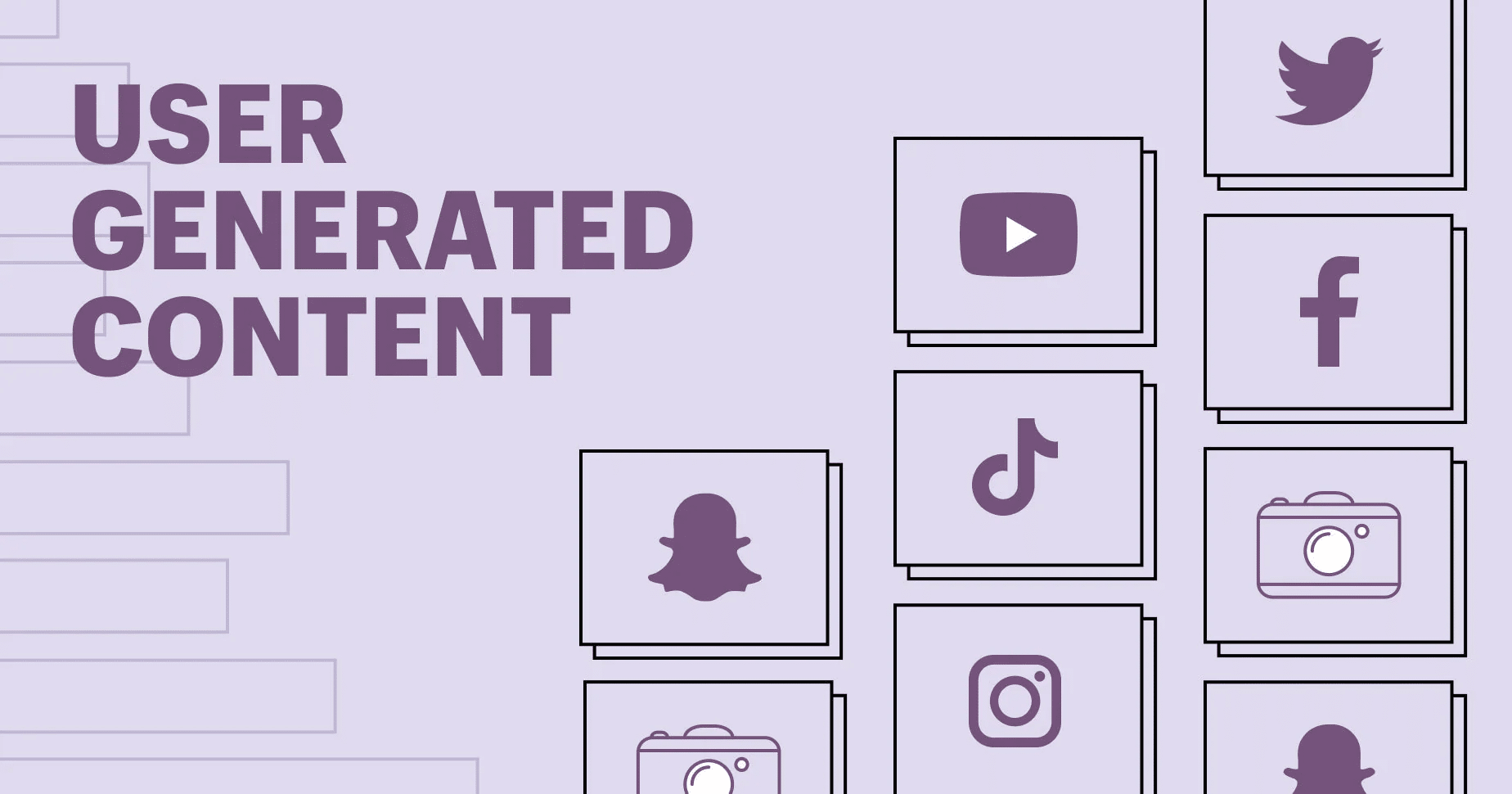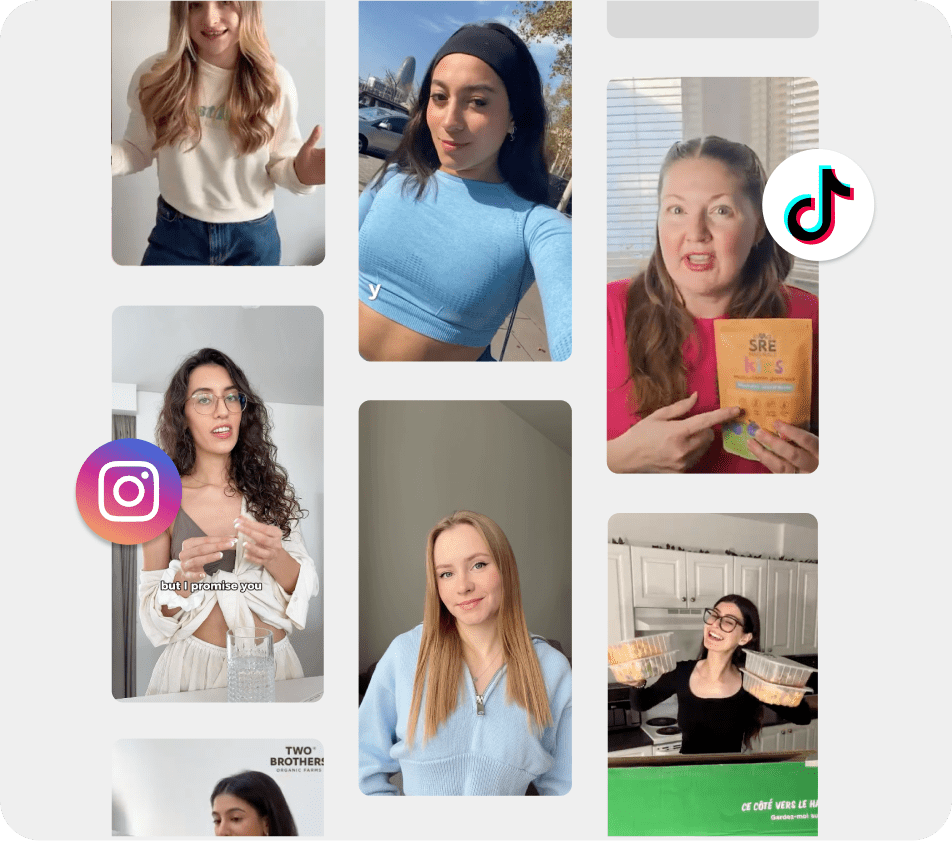User-generated content (UGC) has become integral to modern marketing strategies. As consumers increasingly rely on recommendations from peers and authentic content, UGC Trends has gained significant traction. This trend has been fueled by the rise of social media platforms and the increasing accessibility of content creation tools.
UGC refers to any content users create, such as UGC photos, UGC videos, UGC reviews, and blog posts. Compared to traditional advertising, UGC offers a more genuine and relatable perspective, building trust and loyalty among consumers. Brands leverage UGC to showcase their products or services more authentically, engage with their audience, and drive sales.
This guide explores the key trends shaping the UGC landscape in today’s digital age. We will delve into topics such as the growing importance of authenticity, the rise of visual content, the blurred lines between influencers and UGC creators, and the role of AI in managing and analyzing UGC.
Top 10 UGC Trends to Follow:
1. Leveraging Social Proof
Social proof is a powerful psychological principle that suggests people are more likely to do something if they see others doing it. UGC serves as social proof, demonstrating that others have had positive experiences with a brand or product. This can increase trust and credibility, leading to higher conversion rates. Brands can leverage social proof by featuring UGC in their marketing materials, such as on their website, social media, and email campaigns.
2. Authenticity Reigns Supreme
Consumers are increasingly skeptical of traditional advertising and are seeking more authentic content. UGC, created by real people, offers a more genuine and relatable perspective. Brands can benefit from showcasing UGC, which highlights real-life experiences and emotions. This can build trust and loyalty among consumers.
3. Visual Content is King
Visual UGC content, such as photos and videos, is highly engaging and can help brands capture attention. UGC, particularly on platforms like Instagram and TikTok, often consists of visually appealing content that can be shared and re-shared. Brands can encourage users to create and share visual content related to their products or services and then feature it in their marketing efforts.
4. Blurring Lines Between Influencers and UGC
The lines between influencers and UGC creators are becoming increasingly blurred. While influencers have a significant following and can reach a broad audience, brands also recognize the value of UGC from everyday users. UGC can offer a more authentic and relatable perspective and be more cost-effective than working with influencers.
5. AI-Powered UGC
AI tools can help brands manage and analyze vast amounts of UGC, identifying trends and insights. For example, AI can be used to automatically tag and categorize UGC, making it easier for brands to find relevant content. Additionally, AI can analyze sentiment and identify key themes within UGC, providing valuable feedback on brand perception.
6. Micro-Influencers on the Rise
Micro-influencers, with smaller but highly engaged followings, are becoming increasingly popular for brands. They offer a more authentic and relatable connection with their audience, making their UGC more impactful. Brands can partner with micro-influencers to create targeted campaigns that resonate with specific demographics or interests.
7. UGC-Driven Product Development
Brands are using UGC to gather valuable feedback and insights from their customers. By analyzing user-generated content, brands can identify trends, preferences, and pain points, informing their product development and innovation processes. This approach ensures that products align more closely with consumer needs and desires.
8. UGC in Live Streaming
Live streaming platforms are incorporating features that allow viewers to contribute to UGC. This can include sharing photos, videos, or comments during the broadcast. UGC can enhance viewer engagement and create a more interactive and dynamic experience.
9. Gamification of UGC
Gamification involves incorporating game-like elements into non-game contexts. Brands can apply this strategy to UGC creation to encourage user participation and generate more content. For example, brands can create contests or challenges based on UGC, offering rewards or recognition to top contributors.
10. UGC for Social Impact
Brands use UGC to raise awareness for social causes and drive positive change. By featuring UGC related to social issues, brands can demonstrate their commitment to corporate social responsibility and connect with socially conscious consumers. This can also foster a sense of community and engagement among users.
Have you tried any of these UGC strategies?
Not Yet, So.

Conclusion:
User-generated content (UGC) continues to be a powerful content marketing tool. As consumers increasingly value authenticity and social proof, UGC offers brands a unique opportunity to connect with their audience more meaningfully.
The trends outlined in this guide highlight the evolving landscape of UGC. From the rise of micro-influencers and the integration of UGC into live streaming to the use of UGC for social impact, brands must adapt to these developments to stay relevant.
By embracing UGC, brands can build stronger customer relationships, increase brand loyalty, and drive sales. We expect to see even more innovative ways to leverage UGC as technology advances.





